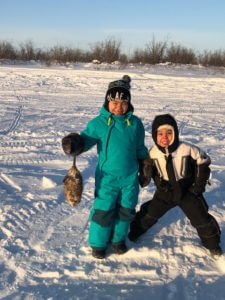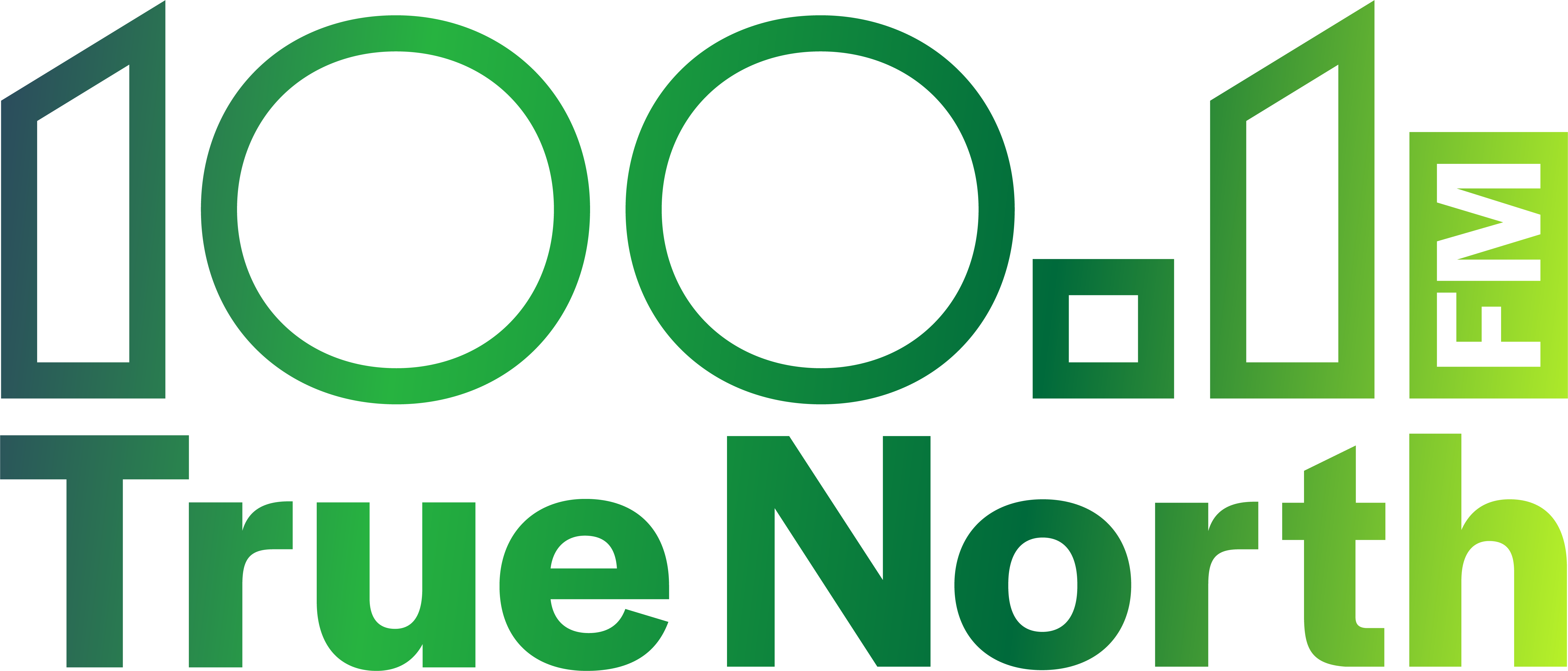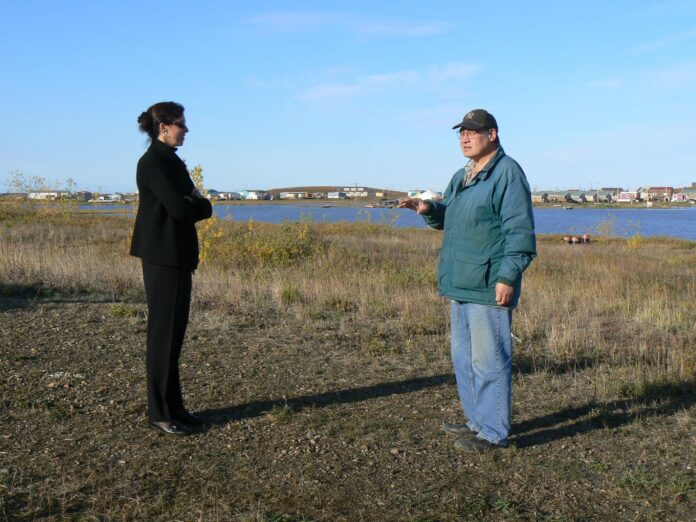This week marked an important day in Inuit land claims history. Just over 20 years ago, the signing of the Inuvialuit Final Agreement marked the first comprehensive land claim agreement for N.W.T. and the far North.
The Inuvaluit and the federal government signed the Inuvaluit Final Agreement (IFA) on June 5, 1984, following 10 years of negotiations.
“It was the first comprehensive land claims agreement signed north of the 60th parallel and only the second in Canada at that time,” says representatives of the Inuvialuit Regional Corporation in a statement on their website, which includes many historical testimonies, cultural and language resources.
“In the IFA, Inuvialuit agreed to give up their exclusive use of their ancestral lands in exchange for certain other guaranteed rights from the Government of Canada. The rights came in three forms: land, wildlife management and money,” explained representatives from the Inuvialuit Regional Corporation.
The Inuvialuit Final Agreement had four main principles that focus on cultural identity, participation in economy and society, the establishment of an autonomous economic base with the Inuvialuit Development Corporation and the protection and preservation of wildlife, environment and biological productivity.
The goals of the Inuvialuit Final Agreement, as expressed by the Inuvialuit and recognized by the federal government, are:
“Preserve Inuvialuit cultural identity and values within a changing northern society.
“Enable Inuvialuit to be equal and meaningful participants in the northern and national economy and society.
“The IFA’s economic principles are expressed by the need for full Inuvialuit participation in the northern Canadian economy through the development of an adequate level of economic self-reliance and a solid economic base. The establishment of Inuvialuit Development Corporation helped to fulfill this goal.
“Protect and preserve the Arctic wildlife, environment and biological productivity,” as outlined by the Inuvialuit Regional Corporation.
“The vision, determination, and leadership of the Inuvialuit helped set the stage for other land claims and self-government agreements that have followed,” said Premier R.J. Simpson earlier this week in a special announcement.
Premier Simpson pointed out that the celebration of this important milestone launches the beginning of a month of festivities honouring Inuit, First Nations and Metis communities across the territories.
‘It’s fitting that Inuvialuit Day marks the beginning of National Indigenous History Month. More than half of the population in the Northwest Territories is Indigenous. That’s not just a statistic — it’s the foundation of who we are as a territory. Our systems, our priorities, and our approach to governance must reflect that,” said Simpson.
In the weeks ahead, the territorial government plans to take a special focus on supporting relationship building and reconciliation with Inuit, First Nations and Metis communities.
“This month is an opportunity to recognize the knowledge, cultures, and contributions of Indigenous peoples — and to reflect on the work still ahead. As a government, we continue to support the implementation of UNDRIP, the Calls to Action, and the Calls for Justice. These aren’t symbolic commitments. They are real obligations that guide how we operate — in policy, in partnerships, and in how we serve the people of this territory,” explained the Premier.
Inuvialuit translates to “the real people.” About 5,000 people live in the ISR communities of Aktlarvik (Aklavik), Inuuvik (Inuvik), Paulatuuq (Paulatuk), Ikaahuk (Sachs Harbour), Tuktuuyaqtuuq (Tuktoyaktuk) and Ulukhaktuuq (Ulukhaktok).

Inuvialuit Elders and language keepers have said that the Land and all aspects of the environment are intrinsically connected to all aspects of Inuvialut culture, including language. Elders and language keepers have said that language learning is closely rooted to living and interacting with the land.

This week, Julia Haogak Ogina, a translator and teacher from Ulukhaktok, was honoured with a special commemorative stamp by Canada Post.
Ogina was born in the Inuvialuit Final Agreement community of Ulukhaktok and has spent many years working to achieve language and cultural revitalization.
For nearly 20 years, Ogina collaborated with the Kitikmeot Inuit Association, leading the development of a regional language framework and programs that cultivate oral learning and knowledge sharing.
Ogina’s work has earned her a number of major awards, including the Outstanding Achievement in Language Revitalization award in 2017 and the Meritorious Service Medal in 2020.
True North FM reached out to Ogina for more details about her work in language and cultural revitalization and hopes to share those insights soon.





